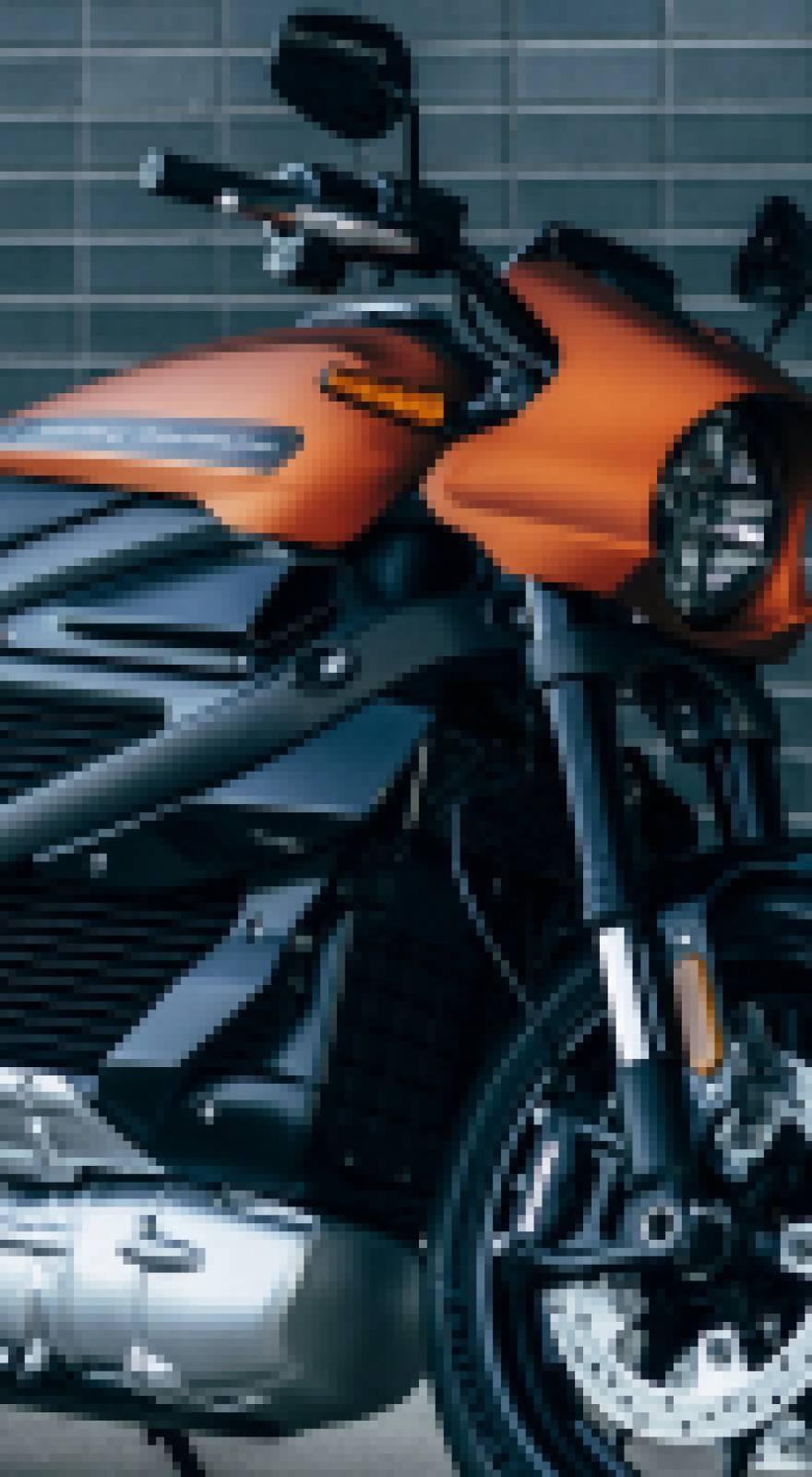Knowde Enhanced TDS
Identification & Functionality
- Chemical Family
- Polymer Name
- Technologies
- Product Families
Features & Benefits
- Labeling Claims
- Materials Features
- Product Background
The 3D4MAKERS PEEK Filament has unique properties because it does not come into contact with water during the production process and is directly packaged in a vacuum packaging. These properties make the 3D4MAKERS PEEK Filament particularly suitable for usage in FDM and FFF 3D printers. The material has an excellent adhesion between layers, which results in great improvement of the impact resistance, strength, durability, and the printing process.
Applications & Uses
- Applications
- Plastics & Elastomers End Uses
- Plastics & Elastomers Processing Methods
Properties
- Color
- Physical Form
- Mechanical Properties
- Physical Properties
- Thermal Properties
| Value | Units | Test Method / Conditions | |
| Charpy Impact Strengthnotched, (23°C) | 4.2 | kJ/m² | ISO 179/1eA |
| Compressive Strength (23°C) | 130 | MPa | ISO 604 |
| Flexural Modulus (23°C) | 3.9 | GPa | ISO 178 |
| Flexural Strength (3,5% Strain, 23°C) | 130 | MPa | ISO 178 |
| Izod Impact Strengthnotched, (23°C) | 5 | kJ/m² | ISO 180/A |
| Tensile Elongation Break, (23°C) | 30 | % | ISO 527 |
| Tensile Modulus (23°C) | 4.1 | GPa | ISO 527 |
| Tensile Strengthyield, (23°C) | 105 | MPa | ISO 527 |
| Value | Units | Test Method / Conditions | |
| Shore D Hardness (23°C) | 85 | — | ISO 868 |
| Water Absorption By Immersion, (23°C) | 0.45 | — | ISO 62-1 |
| Value | Units | Test Method / Conditions | |
| Coefficient of Thermal Expansionalong Flow Below | 50 | ppm K-1 | ISO 11359 |
| Glass Transistion Temperature | 143 | °C | ISO 11357 |
| Heat Deflection Temperatureas Mouled (1,8 Mpa Mpa) | 156 | °C | ISO 75A-f |
| Melt Viscosity (400°C) | 130 | — | ISO 11443 |
| Melting Point | 343 | °C | ISO 11357 |
| Relative Thermal (Electrical) | 260 | — | UL 746B |
| Thermal Conductivityalong Flow, (23°C) | 0.32 | W m-1 K-1 | ISO 22007-4 |
Regulatory & Compliance
- Certifications & Compliance
Technical Details & Test Data
- Print Recommendation
Nozzle Temperature 360-400 ºC Bed Temperature 120 ºC Print Speed 15-30 mm/s Bed Adhesion PEI Sheet PEEK is a very difficult material to 3D print. Your 3D printer should have the capability to extrude at 420 ºC, with
a bed temperature of around 120 ºC. Print temperatures and optimal chamber temperatures differ depending on
the printer but can be found around 360 to 420 ºC for the nozzle temperature and around 100 ºC for the
chamber temperature. Your printer should have adequate thermal control in the build chamber throughout
the printing process. Lack of thermal control and incorrect settings could lead to inadequate crystallization of
the polymer in your printer. Lack of process control can also lead to speccing on the part with black specs forming
during printing on your part. Lack of process control and inadequate temperatures can also lead to brown
discoloration in the part, which is an indication that the parts has not been properly crystalized. Do not let the
PEEK material remain in your printer's nozzle for extended periods of time when not extruding. This will lead to
speccing and nozzle blockages. You could post 3D printing anneal your PEEK part in an oven. You should pre-dry
your PEEK filament in an oven as well. The best build surface for PEEK is PEI sheets.

